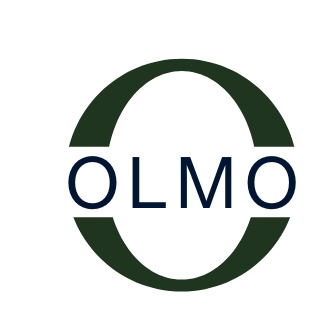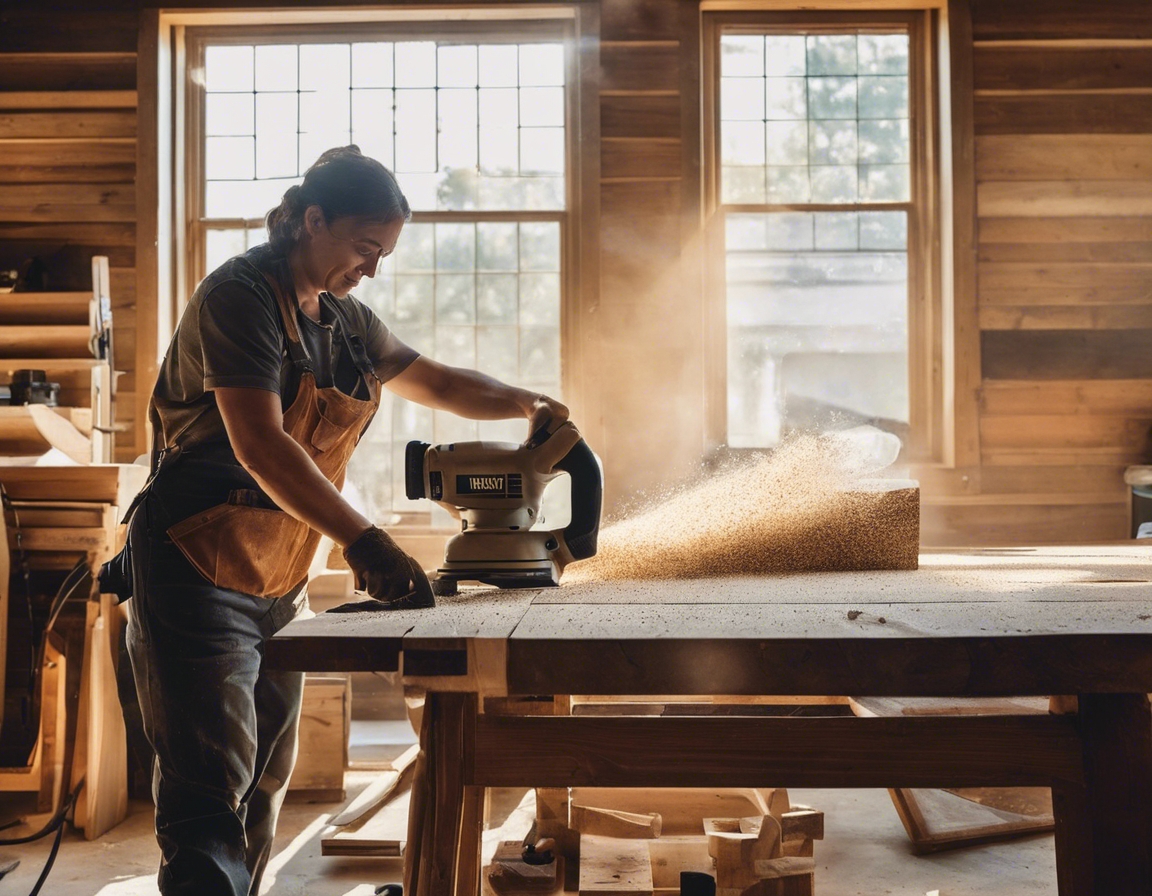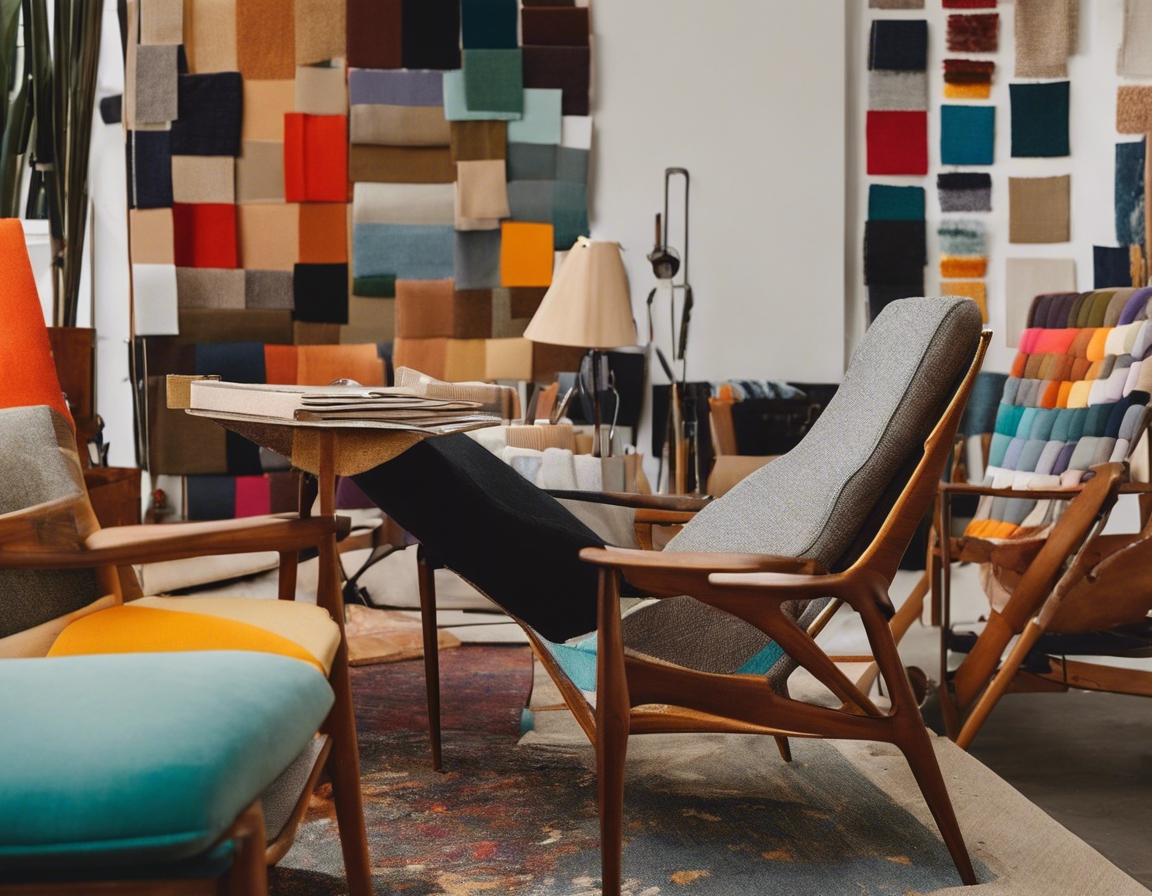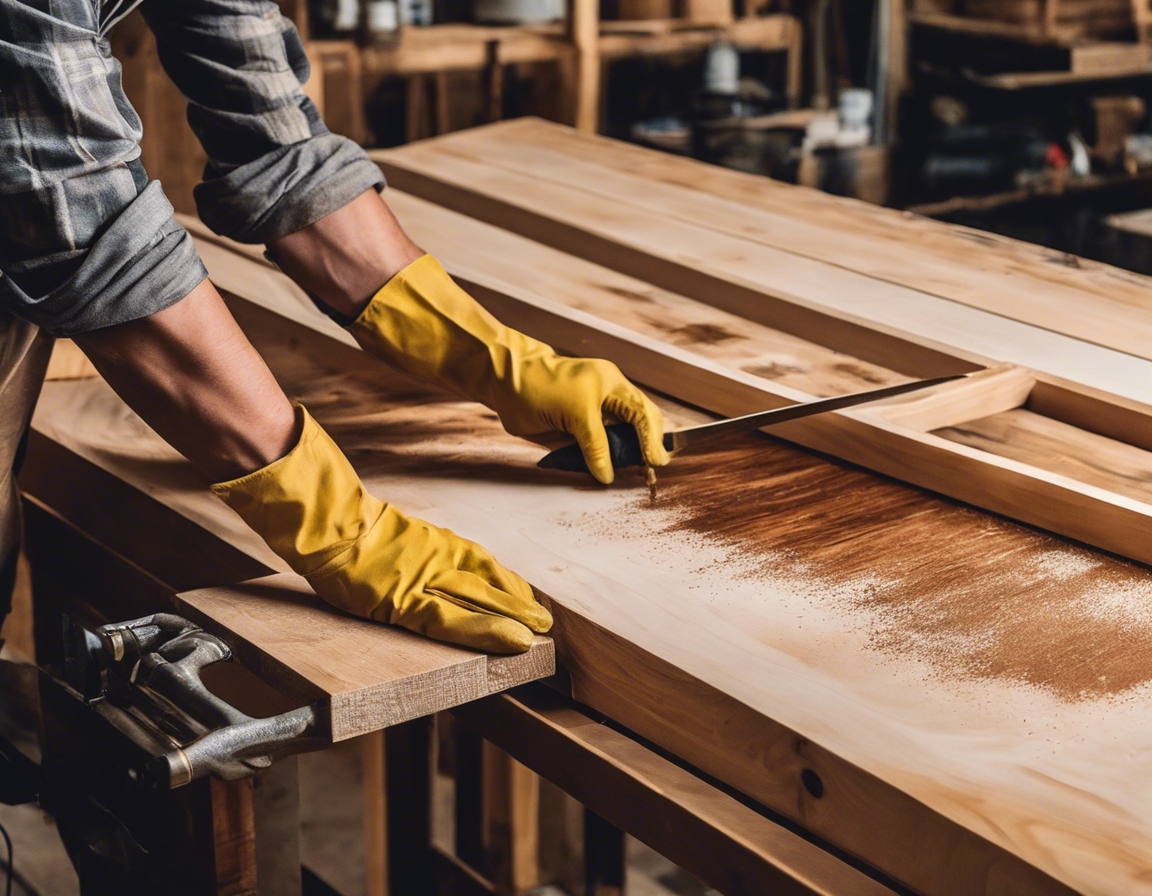The ultimate guide to eco-friendly interior finishing
Eco-friendly interior design is an approach that emphasizes environmental sustainability, health, and conservation of resources. It involves selecting materials and products that are renewable, have low environmental impact, and promote indoor air quality. This design philosophy not only benefits the planet but also creates a healthier living space for occupants.
Choosing eco-friendly interior finishes comes with a myriad of benefits. It reduces the carbon footprint of your home, improves indoor air quality by avoiding toxic materials, and often results in cost savings through energy efficiency and durability. Additionally, it supports global sustainability efforts and can increase the value of your property.
Key Elements of Eco-Friendly Interior Finishing
Sustainable materials are those that are harvested or manufactured in an environmentally responsible way. They are often renewable, like bamboo, or are made from recycled content. Using these materials helps to minimize waste and reduce the depletion of finite resources.
Finishes with low volatile organic compounds (VOCs) and non-toxic properties are essential for maintaining indoor air quality. These finishes include paints, sealants, and adhesives that release fewer harmful chemicals into the air, contributing to a healthier environment.
Incorporating energy-efficient solutions, such as LED lighting and eco-friendly insulation, can significantly reduce the energy consumption of a space. This not only lowers utility bills but also decreases the overall environmental impact of a building.
Reclaimed wood, recycled glass, and metal are just a few examples of materials that can be repurposed for interior finishing. These elements add character and history to a space while also being an environmentally conscious choice.
How to Choose Eco-Friendly Finishing Materials
When selecting materials, it's important to consider the entire lifecycle, from production to disposal. Materials with a lower environmental impact are those that require less energy to produce, have a longer lifespan, and can be recycled or composted at the end of their use.
Certifications such as FSC for wood products, Green Seal for paints, and Energy Star for appliances can help consumers identify products that meet stringent environmental standards.
Durable materials that require minimal maintenance are more sustainable over the long term. They reduce the need for frequent replacements and the environmental toll associated with manufacturing new products.
Popular Eco-Friendly Materials and Finishes
Bamboo and cork are rapidly renewable resources that are durable and versatile. They can be used for flooring, cabinetry, and wall coverings, offering a sustainable alternative to traditional hardwoods.
Recycled glass countertops and metal backsplashes provide a modern look while also being eco-friendly. These materials are durable, easy to clean, and can be recycled again at the end of their lifespan.
Organic paints and stains, made from natural materials like plant oils and resins, are free from harmful chemicals and VOCs. They provide a safe and sustainable option for adding color and protection to surfaces.
Textiles made from natural fibers such as organic cotton, wool, and linen are renewable and biodegradable. They can be used for window treatments, upholstery, and rugs, contributing to a healthier indoor environment.
Implementing Eco-Friendly Finishes in Different Spaces
In living rooms, eco-friendly finishes can include sustainable wood flooring, natural fiber rugs, and furniture made from reclaimed materials. These choices create a warm and inviting atmosphere that is also kind to the environment.
Kitchens and bathrooms benefit from durable, water-resistant materials like recycled glass tiles and composite stone countertops. Low-flow fixtures conserve water, and energy-efficient appliances reduce electricity usage.
For bedrooms, consider organic bedding, wool insulation for soundproofing, and non-toxic wall finishes. These elements ensure a restful and healthy sleeping environment.
Commercial clients can implement eco-friendly finishes by choosing sustainable carpet tiles, LED lighting systems, and furniture made from recycled materials. These choices not only reduce environmental impact but also can improve the well-being of employees and customers.
Working with Professionals for Eco-Friendly Finishing
It's crucial to work with contractors who are knowledgeable about eco-friendly practices and materials. They can provide valuable guidance and ensure that your project aligns with sustainability goals.
Interior designers with a focus on sustainability can help you select materials and finishes that are both beautiful and environmentally responsible. Their expertise can transform your space into a showcase of eco-friendly design.
Quality craftsmanship is at the heart of sustainable design. Skilled artisans from OLMO OÜ can create custom finishes that are not only unique but also built to last, reducing the need for future renovations and waste.






Comments (0)